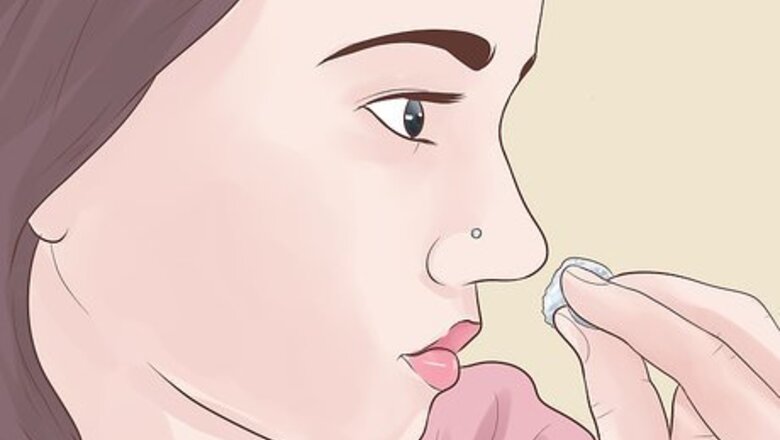
views
Cleaning Your Nose Piercing
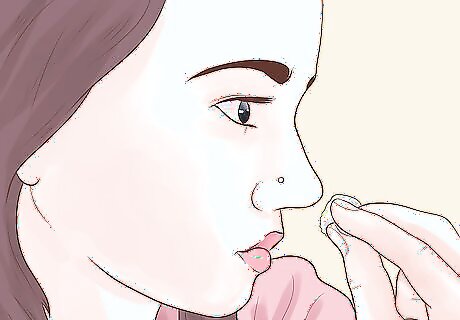
Clean your piercing twice a day. Nose piercings should be cleaned twice a day - once in the morning and once in the evening - until they are fully healed. Cleaning your piercing too little may cause it to become dirty and infected while over-cleaning your piercing can lead to irritation and delayed healing.
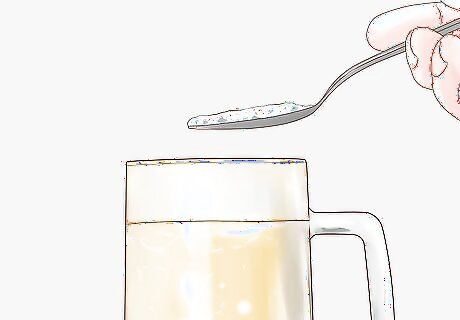
Prepare a salt solution. The simplest way to clean your piercing it to use a salt solution. To make a salt solution, mix 1/4 teaspoon of non-iodized sea salt in 8 oz. (1 cup) of warm water. Alternatively, you can buy a packaged sterile saline solution from a store.
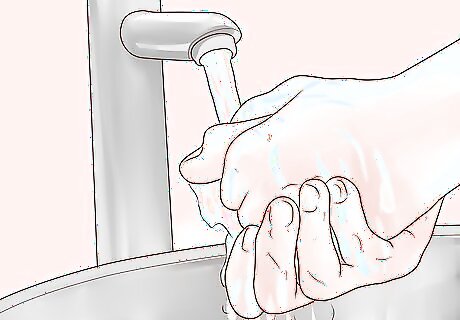
Wash your hands. Before you touch your piercing, it is essential that you thoroughly wash your hands with antibacterial soap. Otherwise, bacteria from your hands could come in contact with the piercing (which is essentially an open wound) and cause an infection.
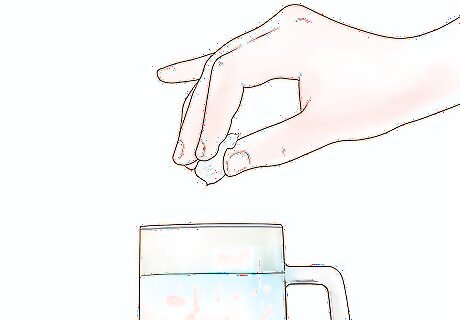
Soak a cotton ball in the salt solution. Grab a clean cotton ball and dip it into the salt solution. Gently press the cotton ball against your nose piercing and hold it there for 3 or 4 minutes. Be careful when removing the cotton ball in case it gets caught in the nose ring or stud.
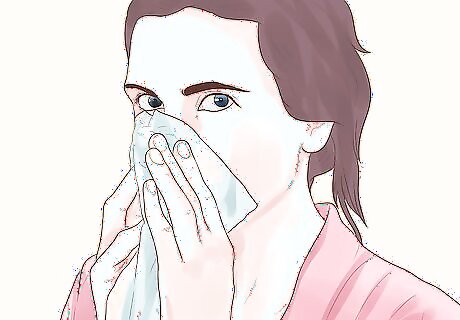
Pat the area dry with some clean tissue. After cleaning, gently pat the area around your piercing dry with a clean cotton ball, a tissue or some paper towel. Avoid using a towel to do this, as towels can harbor bacteria and snag on the ring or stud. If you see any crusting develop over the piercing, resist the urge to remove it. The crust is your body's way of protecting the piercing.
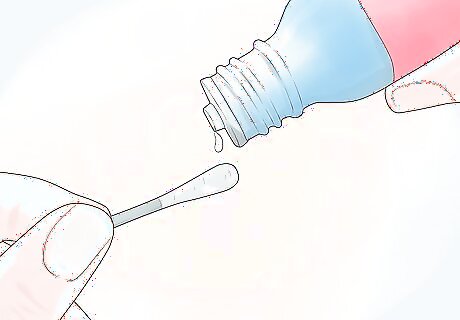
Use a little lavender oil to promote healing. Lavender oil lubricates the piercing, reducing tenderness and promoting healing. After cleaning, apply a little lavender oil to the piercing using a lint-free cloth. Twist the stud or rotate the ring to get the oil inside the piercing, then wipe away any excess with a clean tissue (otherwise it could irritate the skin). Lavender oil can be found at health food stores, at the supermarket or at the chemist's. Make sure the bottle is labeled "BP" or "medicinal grade". Avoid using any material with fibers that can get caught in the piercing. This includes cotton swabs, cotton balls, tissues, and toilet paper.
Knowing What to Avoid
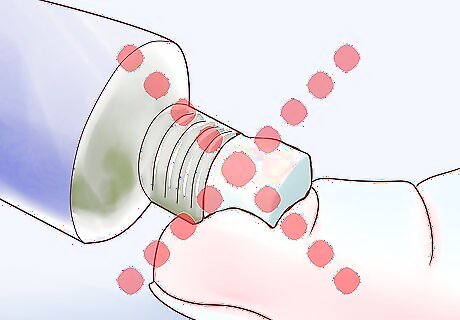
Avoid using harsh antiseptic products. Harsh antiseptic products such as Bactine, bacitracin, hydrogen peroxide, alcohol or tea tree oil should not be used to clean nose piercings, as these can irritate and/or damage the skin, and prolong healing.
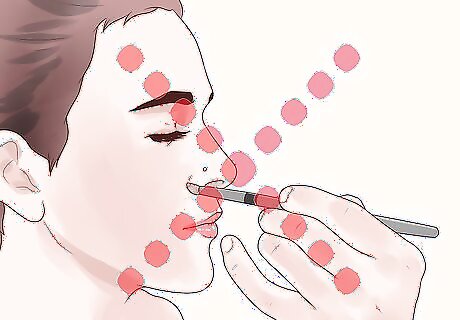
Avoid using make-up to cover the piercing. Do not allow make-up to come in contact with the piercing, as it can clog it up and lead to infection. This also goes for sun-tan lotion and any other cosmetic products.
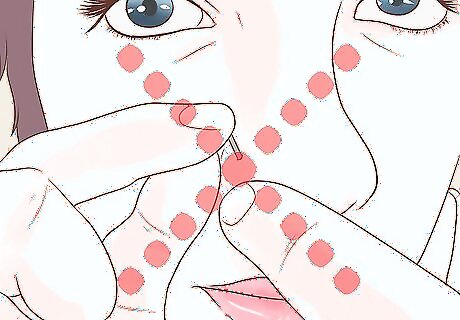
Do not remove the nose ring or stud until the piercing is fully healed. Nose piercings can close up within a few hours if the stud or ring is removed. Forcing the stud back into the piercing after it has started to close can cause pain, inflammation, and infection. Therefore, it's important to avoid removing the stud or ring from the piercing until it is fully healed, which can take 12 to 24 weeks.
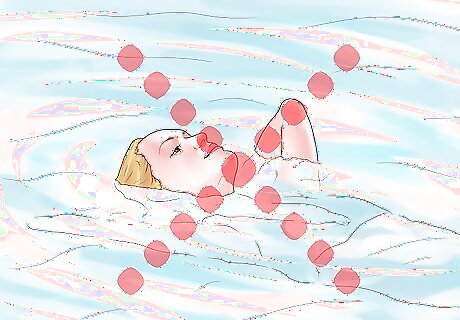
Avoid baths, hot tubs and pools. You should avoid submerging your piercing in a pool, bath or hot tub water, as these often harbor harmful bacteria which could lead to infection. But if necessary, you can cover your nose piercing with a waterproof wound-sealant bandage (available in drug stores) to protect it.
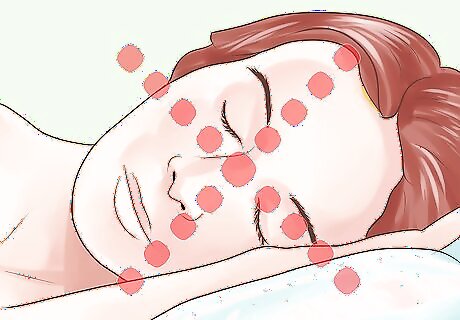
Avoid sleeping on a dirty pillowcase. Dirty pillowcases are another potential source of bacteria, so it's important to change your pillowcase regularly. A useful trick to avoid having to constantly clean your pillowcase is to cover the pillow with a clean t-shirt one night. the second night, turn the pillow around, the third night turn the t-shirt inside out and cover the pillow in it again, the fourth night turn the pillow around again. This way, a single clean t-shirt (this may also be done with a pillow cover) can provide you a clean pillow for 4 days.
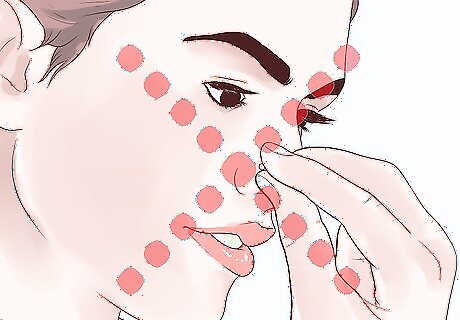
Avoid touching the piercing unnecessarily. Avoid touching or playing with your piercing - you should only touch it when you're cleaning it, after you have washed your hands. It is not necessary to twist or rotate the stud/ring during the healing process.




















Comments
0 comment